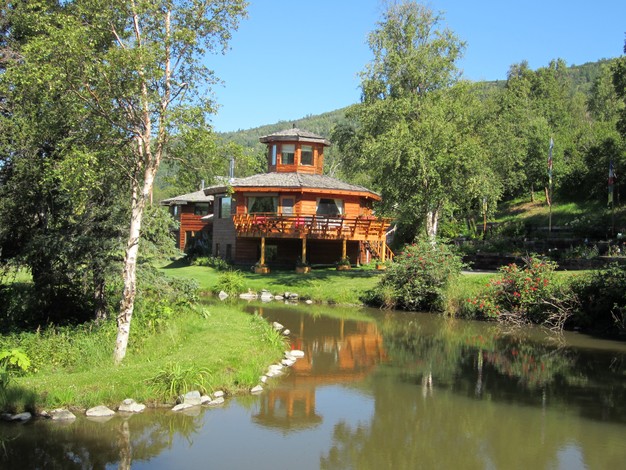Swarthmore College
Class of 1966
Ted Moore
Ted's Latest Interactions
My wife, Ginny '69 and I are just back in Alaska after spending the month of November in Nepal, making our 6th extended visit to the country since I was there in the Peace Corps from 1966 – 1968. The trekking route which we did this time is called “The Manaslu Circuit”, wherein we spent about 3 weeks ascending the Buddhi Gandaki river valley and crossing over a 17,000’ pass on the north side of Mt. Manaslu, the 8th highest mountain in the world. We had already trekked a significant part of this route back in 2012 when we visited Tsum valley with our grandson, Springer, and his family, so this gave us an opportunity to witness some of the changes that are happening in Nepal these days. We didn’t deliberately choose to do the same route over again, but when a couple of newish Alaska friends invited us to join in on a trip which they had already arranged, we couldn’t pass up the opportunity. Besides, now that we are well into our 70’s, who knows how much longer we will be able to undertake such a trek?
With the possible exceptions of America, New Zealand, Guatemala, etc., etc, Nepal is my favorite country in the world, and being able to speak the language does give me a special entrée to relate to its famously friendly inhabitants. Furthermore, the scenery is nothing short of spectacular and Nepal’s much lower latitude makes it an attractive trekking destination at a time when our Alaska climate is particularly dank and dreary.
For anyone who has the time and is interested, an album of photos from the trip can be found at https://photos.app.goo.gl/cdEXoasAuBnLuPPV9, but perhaps a little additional commentary is warranted. Thanks to digital camera technology, the sheer number of photos one can take on a trip is staggering. Even though every day I tried to weed out all my near duplicates, mistakes and truly bad photos, I still came home with over 700 photos and videos. This is way too many, even for me to look at, much less to share with friends. After much further chopping I have pared the number of photos in the album down to 180+, (which is still an awful lot); I have also added brief descriptions to each. I’m not a Facebook aficionado, although I can now see why periodic posting of small selections of photos is so popular with many people. What is lost, in my opinion, is the ability to look at such an adventure as a whole.
For first-time visitors, like the friends we travelled with, the Nepalese people are so friendly and the mountain scenery so spectacular that it seems a bit churlish to focus on anything negative. But, having been privileged to have visited Nepal so many times over the past 50+ years, I can’t help being conscious of the bad and the ugly as well as the good. I’m afraid that our friends became a little tired of my frequent comparisons between the Nepal of today and the good old days. Certainly, the march of progress has brought a lot of improvements to people’s lives in terms of ready access to clean water, electricity and material things. Partially offsetting these benefits are filthy urban rivers, smog and traffic jams. In rural Nepal the push to develop roads has resulted in huge erosion and disruptions to traditional village economies. Even the rush to construct fancy wooden guest houses for trekkers has to be a significant contributor to deforestation of pristine mountain groves.
This trek was the first time that we revisited rural places that we had already seen, and also the first time that we found ourselves upon a heavily travelled tourist trekking route. I couldn’t help feeling a little sad that this time most of our interactions were with fellow international trekkers instead of Nepalese villagers, and that we slept in newly constructed guest-houses instead of in a corner of a local Nepali’s home. Such sentiments remind me of a quote often ascribed to Yogi Berra “Nostalgia just ain’t what it used to be”.
Best Wishes from your wayward classmate,
Ted
December, 2019


